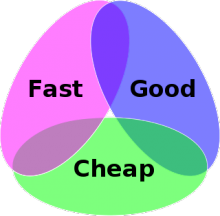How to make a copy of an Eclipse update site
I'll probably never do it again, but just in case:
$ECLIPSE_HOME/eclipse -nosplash -verbose \
-application org.eclipse.equinox.p2.metadata.repository.mirrorApplication \
-source http://download.eclipse.org/releases/mars/ \
-destination ~/tmp/mars-mirror-meta
$ECLIPSE_HOME/eclipse -nosplash -verbose \
-application org.eclipse.equinox.p2.artifact.repository.mirrorApplication \
-source http://download.eclipse.org/releases/mars/ \
-destination ~/tmp/mars-mirror-arte

